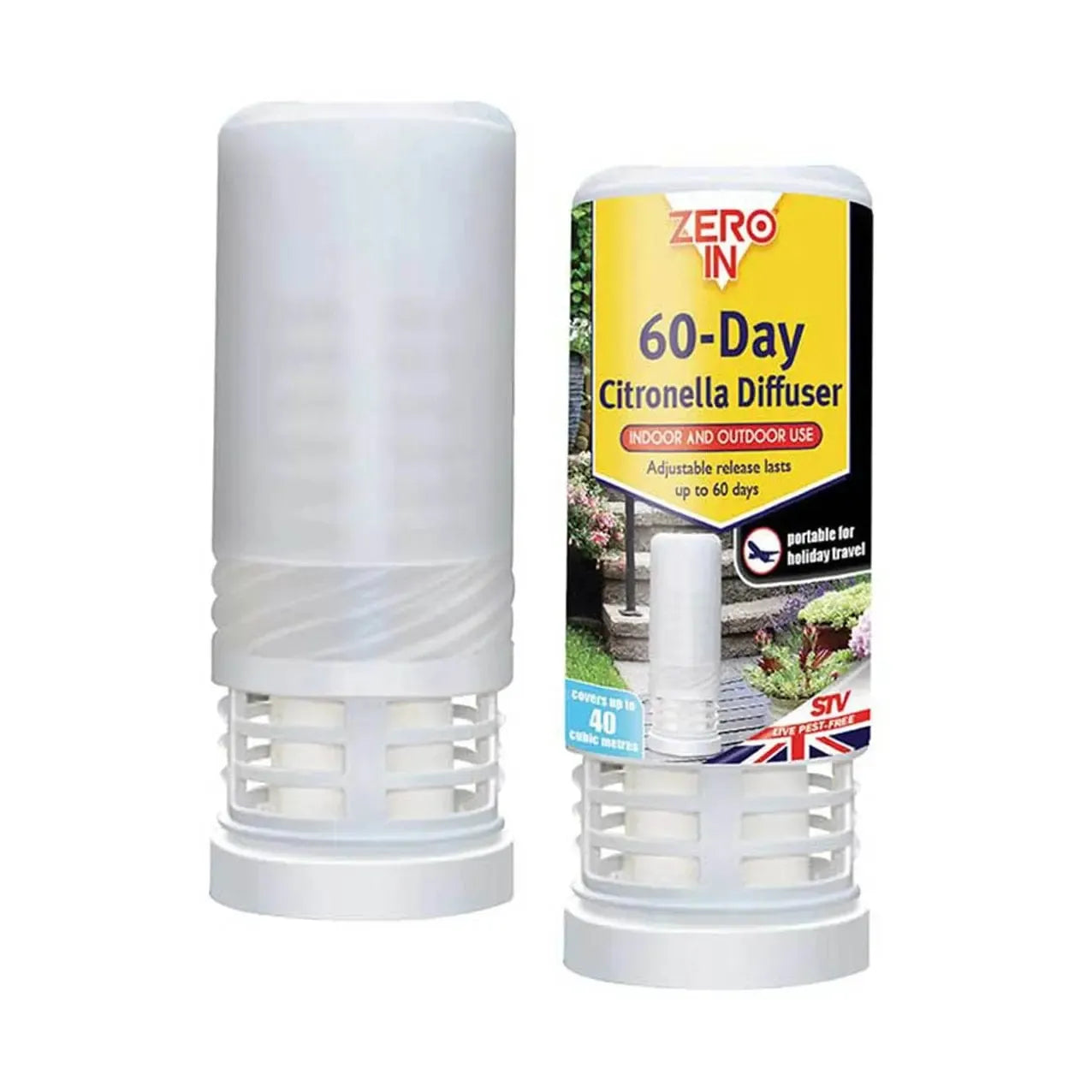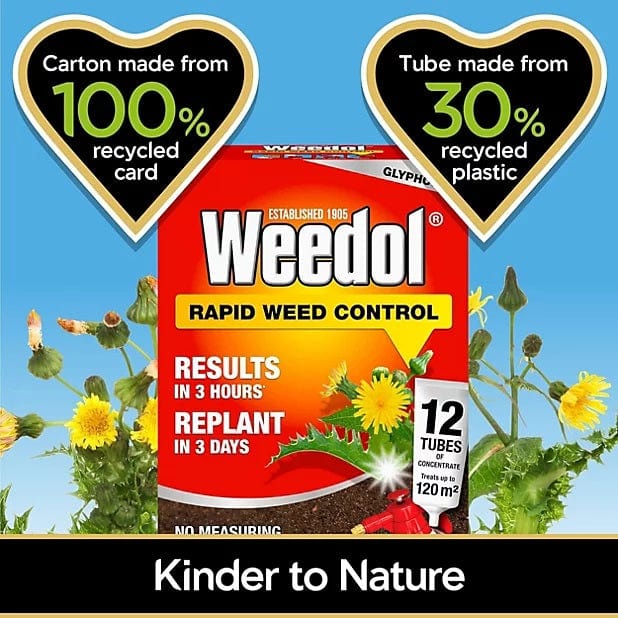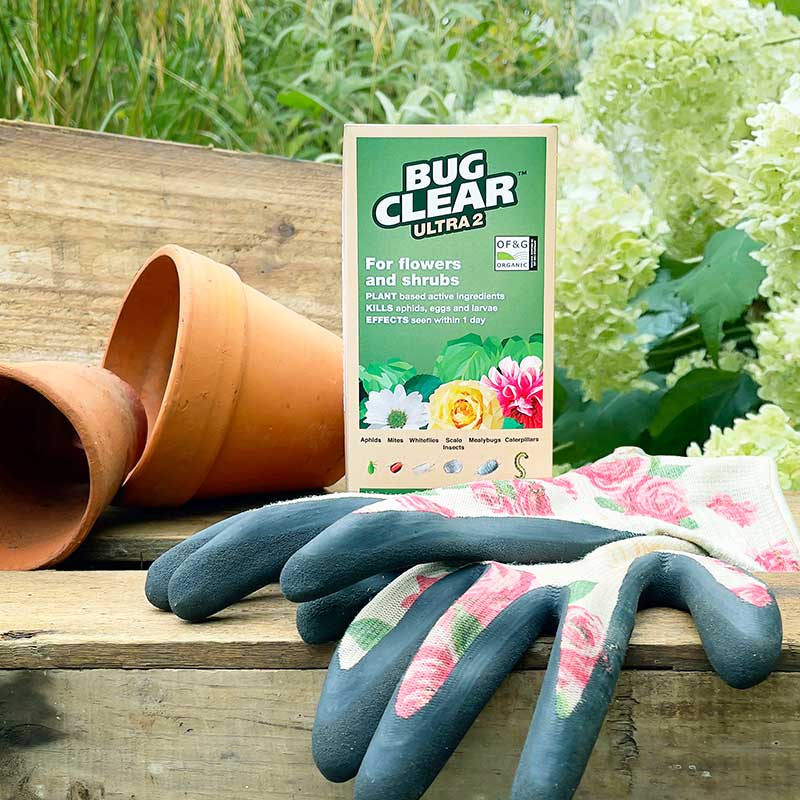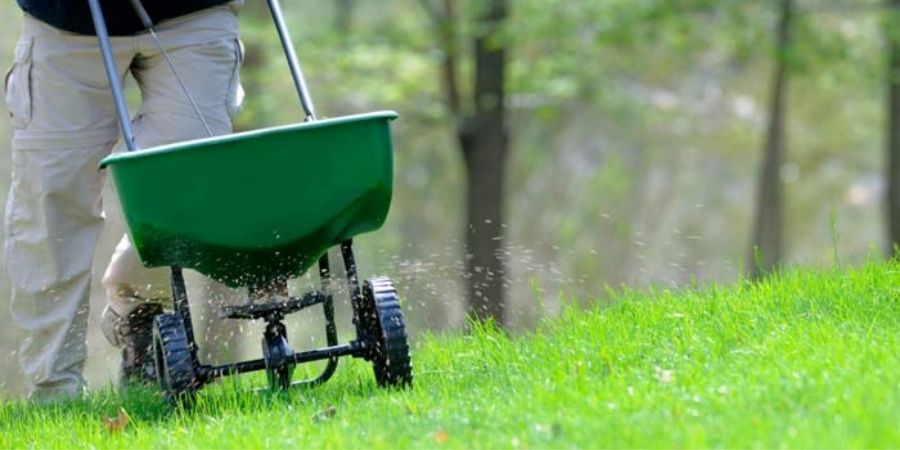Some essential fall lawn care tips
- 〡
- 〡 by Fitfit Garden

Autumn Fall Care Tips
With lawn care at the top of the lists of things you take most pride in, there is no slowing down even as autumn comes to call. Yes, there are still many good leisure-filled times ahead, but now it's time to knock out the season strongly by getting through these lists- based on the type of grass you are growing. You can even get a jump on next spring and help set that bar for lawn care up a little higher in the neighborhood.
Fall Lawn Activities for Cool-Season Lawns
Cool-season grasses have a peak growing phase once the temperatures start getting down in late summer into early fall. The Northern favorite cool-season grasses are Kentucky bluegrass, perennial ryegrass, and tall and fine fescues. During this season, new grass is established and the lawns strengthen up. Among those, some of the tasks associated with cool-season lawns during fall:
- Test your soil. Fall soil testing eliminates the guesswork in managing lawn soil pH and nutrition. Making recommended improvements in the fall gives soil amendments an extra season to complete their work and prepare your lawn for spring. Applications of Fit fit garden, for example, immediately begin work to restore balance to your lawn's soil pH while promoting healthier, greener lawns come spring. Examine the overall health of your lawn every three to four years, while focusing on testing specific problematic areas on an annual basis.
- Feed your lawn. Fall fertilizing is different from your regular-season program. With summer dormancy now behind them, cool-season grasses take well to fertilizing around six weeks before your first anticipated frost. A high-nitrogen fertilizer aids lawns in developing hardy roots, enhances their energy stores and gets through the winter.
- Overseed thin lawns. Fall is a good time to get cool-season grass seed established. Overseeding thin spots will reward you with healthy, strong spring grass. Overseed at least 45 days before anticipated frost so that grass can be established before cold weather hits.
- Fill in bare spots. With soil test recommendations made, problem bare spots are ready for repair. Fall temperatures and rainfall help the establishment occur quickly. Fit fit garden mixes make repair a breeze by providing premium seed, professional-grade fertilizer, and mulch-all the things you need in one, easy-to-use product.
- Dethatch. That layer of organic material that forms between the soil and grass blades is beneficial to lawns if it is thin. It is when thatch-which is the layer of dead plant material-builds up thicker than 1/2 inch, constraining the flow of water and nutrients and creating favorable conditions for disease-that creates problems. Dethatching equipment range from hand rakes to power equipment called dethatchers or vertical mowers. These devices cut into the thatch layer, pull it up for removal, and thereby restore a healthy interface between grass and soil.
- Aerate compacted soil. Its oxygen, also reduced to further limit root development, makes this compaction corrector vulnerable to damage. There are even aerators that really dig holes into the soil, which is a rather extensive toolset and may be as simple as footwear equipped with spiky soles or more effective machines, such as core aerators. Such can indeed improve compaction with the help of the former, which removes small plugs or cores of your lawn in the process. It only breaks down on the surface, but the holes act like an invitation for air, water, and nutrients to get inside. Like dethatching, core aeration should occur during active fall growth.
- Water again. Cool-season grass continues to grow during the final weeks of fall, so it still needs water. However, because fall is beginning, you can extend the normal interval between watering and rely on rain to make up for what is lost. A healthy, established lawn should receive 1 inch of water per week from rain or irrigation. At the end of that growing season, that will likely be enough to carry the lawn through 10 to 14 days without supplemental irrigation, weather permitting.
- Keep mowing. Maintain good mowing practices for your grass type, timed to grass growth instead of calendar days. Mowing grass a little shorter than normal is helpful where winter fungal diseases are problems, but do not save it for the end; gradually decrease the height instead.
- Clean up leaves. Untended, mats of fallen leaves smother lawn grasses and invite disease. Mulch small quantities of leaves; rake, bag or compost large volumes.
Fall Activities for Warm-Season Lawns
Cooler fall temperatures signal warm-season grasses that their peak growing season is over. The four major warm-season grasses are bermudagrass, centipede grass, zoysia grass, and bahiagrass. These grasses grow most of their activity during the warmer summer months, but they go dormant in the fall killing frost. Warm-season grasses are tailing off during the fall, so their maintenance is very different from cool-season grasses. These fall activities will keep your warm-season lawn on track.
- Test your soil. Fall soil testing benefits any type of grass. By applying test results and incorporating correction recommendations, you're one step ahead of what may be coming in the spring.
- Stop fertilizing. Schedule your final lawn application for six to eight weeks before the first fall frost date. Bermudagrass can be fertilized four to five weeks before the frost date. Fertilizing any later will break into the normal dormancy sequence and leave your lawn open to winter damage.
- Overseed for winter color. This will prevent the grass from turning brown and dormant from the over-seed cool season grass. Let the nighttime temperatures drop as the warm-season grasses fade away. Do not overseed for thinnings-only do that in the spring when active growth resumes.
- Do not dethatch or aerate. Dethatching and aerating are useful to make lawns stronger and better, but they stress grasses a lot. These operations should only be done during spring and early summer when your lawn is growing and can get back in no time.
- Let rainwater do the job. Continue to water when your lawn is actively growing. When it ceases to actively grow, quit watering, too. When overseeding for winter interest, continue a regular watering regime.
- Kill weeds aggressively. Low-hanging fruit in a dormant warm-season lawn: grassy, cool-season weeds. Use a post-emergent herbicide that is labeled for control of established, actively-growing weeds and spot treat lawn weeds.
- Maintain lawn grasses free of fallen leaves. Mulch small quantities and leave to lie but remove heavy accumulations so grasses can breathe.
Preparing your lawn for winter in the autumn
There is no better season than the autumn regarding preparing your lawn for the cold winter that is bound to knock on your door soon.
Throughout fall, the soil is warm, and rainfall is up, so your lawn has the task of absorbing all of the energy, moisture, and all of the nutrients that it needs to see it through the coldest months of the year.
Love your lawn a little right now, and you're sure to get loads in return by spring.
Create a goal:
You really want your lawn to peak by Easter. This point is a little more dependent on temperature through much of March, but get it into mint condition, at least by the last of April, and that will give you a better start.
This way it will be enough time still to correct major deficiencies likely still existing from summer on and properly water and fertilizer your lawn.
Follow these easy steps and take control of your lawn:
- If you have bare patches:
- Cut your lawn and catch clippings
- Dig in furrow with metal rake
Apply evenly over area of choice and cross rake
- Fine spray will maintain moisture in the soil on its surface at the time of germination
It's still not too late to sow a new lawn, as it will then have the whole of winter and spring to establish before it faces its first summer
Here is a link for you to view our lawns. https://www.fitfitgarden.co.uk/collections/lawn-seed
Remove weeds
Pull up and remove those weeds in your lawn; by fall, those weeds will be looking for something to grow for.They will eat everything in sight and, thank God, that's weed kill too.
Maintenance:
After you have resurfaced your lawn, maintain it by watering and mowing as necessary.
Our lawn mowing height recommendations:
For a turf lawn, keep it low enough to make sunlight and heat reach right downFor a lawn of runner grass, go up on the blade cutting height when the lawn activity slows down, this way you will enjoy a greener lawn for longer during winters
Aerate
If your lawn is thick with thatch, autumn is a good time to get oxygen, water, and fertilizer down to the roots of your lawn.If you don't have an aerator, small inexpensive manual ones can be bought, for larger lawns they are easy to hire or you may like to call a landscaper to get this done for you.
Rake up the debris:
Remove all the fallen leaves and debris from your lawn as soon as possible, because you do not want them to become wet and smush down, chock out the grass in places, and spread fungal diseases.
Nobody specifically cares about raking the leaves. It is something that must be done and is boring-but you'll love what you see after you are done.
Here's another trick: rake all your leaves into a garbage bag and toss in a couple handfuls of Fit-fit garden. It will turn to compost eventually, you can sprinkle around your gardening beds.
Fertiliser for growth:
It tends to grow rather very slowly because of the slow heating up of the climate. However due to the fact, the soil tends to hold heat in its roots and stems keep going.
For more detail of the product visit https://www.fitfitgarden.co.uk/ Fall Application fertilizer the lawn, it has grass nutrients that allow growing more through the root structure, therefore making it grow green during winter.
Don't forget where you are applying the fertilisers. To be completely covered, you have to use a walk-behind spreader. A bit slower, but gives an even layer to the fertiliser. Find out how you should treat your lawn with a Fit fit garden on Facebook. Happy autumn!













